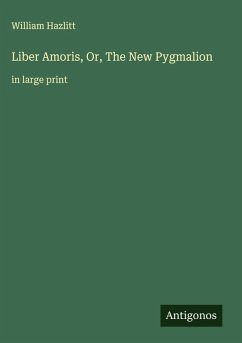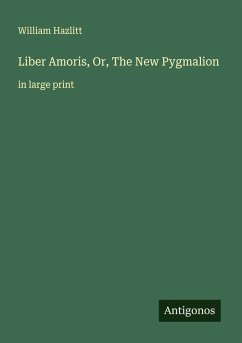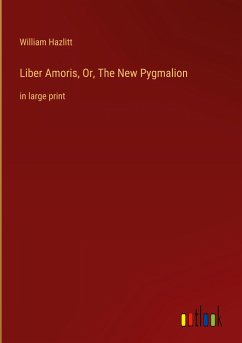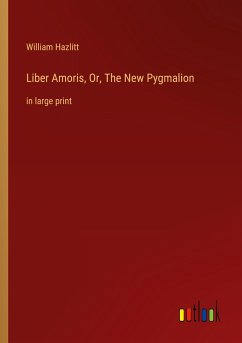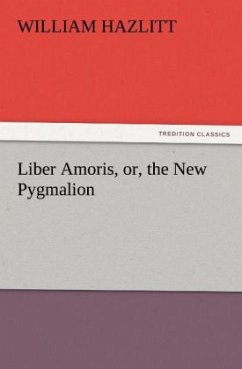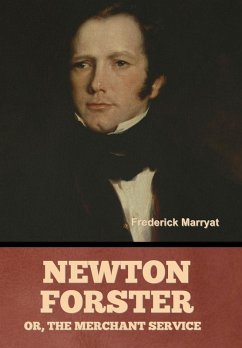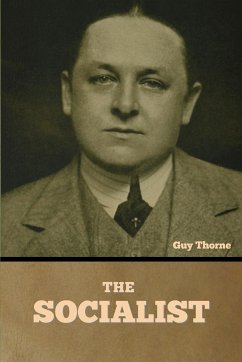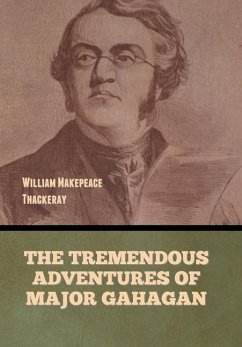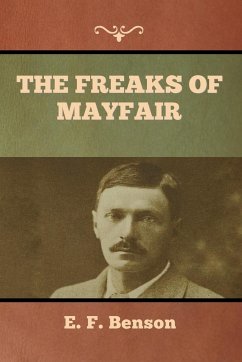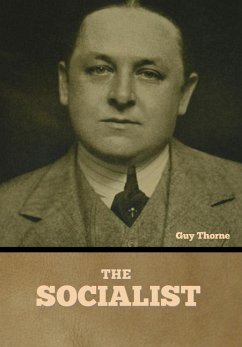
Liber Amoris, Or, The New Pygmalion
Versandkostenfrei!
Versandfertig in 1-2 Wochen
13,99 €
inkl. MwSt.
Weitere Ausgaben:

PAYBACK Punkte
7 °P sammeln!
It's rather hard to imagine a less appealing character than this story's narrator. He is delusional, paranoid, selfish, manipulative, creepy, pompous, abusive. How much of this H. is real Hazlitt, a writer of great talent and perception, is a curious question. Whether narrator's mania comes through so forcefully thanks to the work of critical reconstruction, or is it just simple honesty, this is a rather astonishing report of love life at its lowest, with no saving grace or absolution. Happy is a reader who would find no traces of him/herself in the H.'s rantings and suspicions, but alas, this...
It's rather hard to imagine a less appealing character than this story's narrator. He is delusional, paranoid, selfish, manipulative, creepy, pompous, abusive. How much of this H. is real Hazlitt, a writer of great talent and perception, is a curious question. Whether narrator's mania comes through so forcefully thanks to the work of critical reconstruction, or is it just simple honesty, this is a rather astonishing report of love life at its lowest, with no saving grace or absolution. Happy is a reader who would find no traces of him/herself in the H.'s rantings and suspicions, but alas, this is not something I could say about myself. (Nikolai Nikiforov) About the Author William Hazlitt (10 April 1778 - 18 September 1830) was an English essayist, drama and literary critic, painter, social commentator, and philosopher. He is now considered one of the greatest critics and essayists in the history of the English language, placed in the company of Samuel Johnson and George Orwell. He is also acknowledged as the finest art critic of his age. Despite his high standing among historians of literature and art, his work is currently little read and mostly out of print. During his lifetime he befriended many people who are now part of the 19th-century literary canon, including Charles and Mary Lamb, Stendhal, Samuel Taylor Coleridge, William Wordsworth, and John Keats. His works having fallen out of print, Hazlitt's reputation declined. In the late 1990s his reputation was reasserted by admirers and his works reprinted. Two major works by others then appeared: The Day-Star of Liberty: William Hazlitt's Radical Style by Tom Paulin in 1998 and Quarrel of the Age: The Life and Times of William Hazlitt by A. C. Grayling in 2000. Hazlitt's reputation has continued to rise, and now many contemporary thinkers, poets, and scholars consider him one of the greatest critics in the English language, and its finest essayist. In 2003, following a lengthy appeal initiated by Ian Mayes together with A. C. Grayling, Hazlitt's gravestone was restored in St Anne's Churchyard, and unveiled by Michael Foot. A Hazlitt Society was then inaugurated. The society publishes an annual peer-reviewed journal called The Hazlitt Review. The last place Hazlitt lived in, on Frith Street in London, is now a hotel, Hazlitt's. The Jonathan Bate novel The Cure for Love (1998) was based indirectly on Hazlitt's life. (wikipedia.org)




